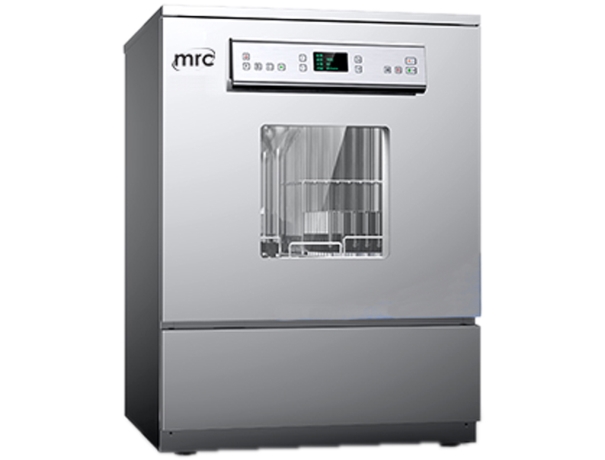Laboratories are bustling hubs of scientific activity, where precision and accuracy are paramount. In this dynamic environment, maintaining cleanliness is not just a best practice; it's a necessity. This is where the unsung hero, the laboratory dishwasher, steps in to revolutionize the way we handle laboratory glassware and equipment. In the early days of laboratories, cleaning glassware and equipment was a time-consuming and labor-intensive task. However, with the evolution of technology, laboratory dishwashers have undergone a significant transformation. What started as basic cleaning mechanisms has now evolved into sophisticated systems, ensuring not only cleanliness but also efficiency and convenience.
Key Features
Modern laboratory dishwashers boast an array of features that cater to the specific needs of scientific environments. High-temperature wash cycles, water and energy efficiency, and customizable washing programs are just a few of the attributes that set them apart.
Benefits of Using Laboratory Dishwashers
The advantages of employing laboratory dishwashers are multifaceted. Time-saving, consistent and thorough cleaning, and the prevention of cross-contamination are among the top benefits. Laboratories can now focus more on their research and less on the manual labor involved in cleaning.
Considerations When Choosing a Laboratory Dishwasher
Selecting the right Laboratory Glassware Washers involves careful consideration of factors such as capacity, washing cycles, and drying options. Each laboratory's unique requirements must be taken into account to ensure optimal performance.

Uses of Laboratory Dishwasher
- Glassware Cleaning: The primary function of a laboratory dishwasher is to clean glassware used in experiments, tests, and analyses. This includes beakers, test tubes, flasks, pipettes, and other glass instruments.
- Efficient Cleaning: Laboratory dishwashers are equipped with specialized jets and nozzles that provide thorough and efficient cleaning, reaching areas that may be difficult to clean by hand. This ensures that contaminants and residues are effectively removed.
- Consistent Cleaning Parameters: Laboratory dishwashers often allow users to set specific cleaning parameters such as water temperature, detergent concentration, and rinse cycles. This helps maintain consistency in cleaning procedures, crucial for reliable and reproducible research.
- Decontamination: In some laboratory settings, decontamination is a critical step to prevent cross-contamination between experiments. The high-temperature washing and rinsing cycles of laboratory dishwashers help in decontaminating glassware and equipment.
- Time Efficiency: Laboratory dishwashers are designed to save time compared to manual cleaning. Researchers can load the dishwasher with used glassware, initiate the cleaning cycle, and focus on other tasks while the machine completes the cleaning process.
- Reduced Risk of Breakage: Automated dishwashing reduces the risk of breakage that may occur during manual cleaning. This is important for maintaining the integrity of the glassware and preventing potential contamination from broken pieces.
- Water Conservation: Some laboratory dishwashers are designed to be water-efficient, helping laboratories adhere to sustainable practices by minimizing water usage during the cleaning process.
- Drying Capabilities: Many laboratory dishwashers have drying functions that ensure glassware is thoroughly dried after cleaning. This is important for preventing water residue that could interfere with subsequent experiments.
- Compliance with Regulations: In certain research fields, adherence to specific regulations and standards is essential. Laboratory dishwashers are designed to meet these standards, ensuring that the cleaning process complies with regulatory requirements.
- Versatility: Laboratory dishwashers are often versatile and can accommodate a variety of glassware sizes and shapes. This adaptability is important in laboratories where a diverse range of equipment is used.